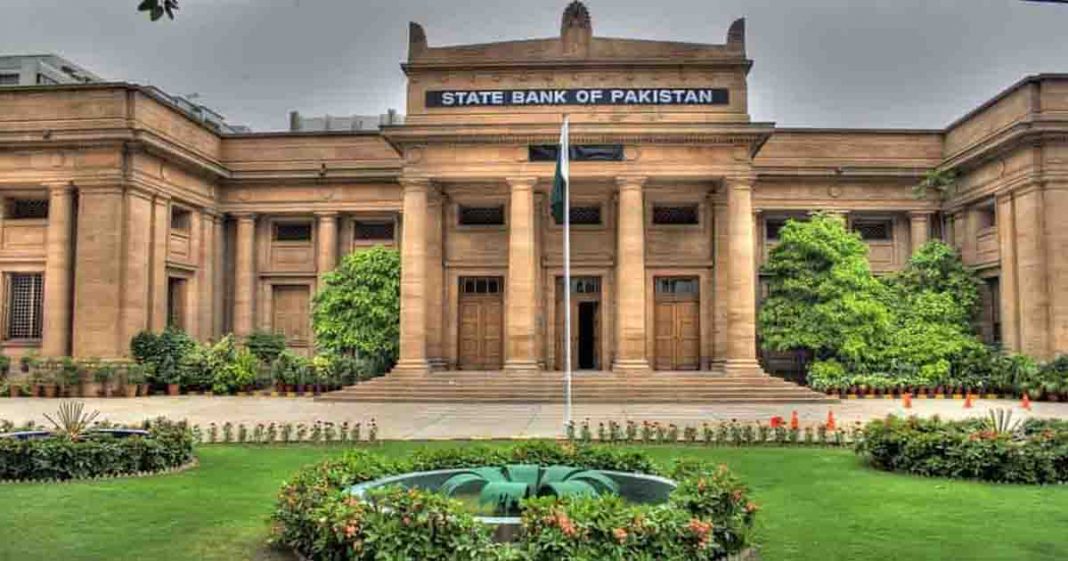In March of last year, the State Bank of Pakistan sent the first draft bill to propose the changes to the SBP’s constitution to the finance ministry. However, the ministry did not agree and proposed many changes.
Thus, in April of 2020, the Cabinet Committee on Legislative Cases (CCLC) deferred the approval of the bill owing to the difference of opinion between the SBP and the finance ministry over the extent of autonomy.
So, the Government of Pakistan and the State Bank of Pakistan (SBP) decided to Bypass the CCLC and the National Assembly under the banner of urgency due to IMF’s pressure to bring the structural adjustments to the State Bank’s current law.
The amendment is proposed to make, ‘Price Stability’ the primary objective of the central bank. This means that the central bank will have full autonomy over the determination and implementation of monetary policy and exchange rate policy.
Further details on the new amendments are given below.
The objective of the bank
• New clause inserted to make, ‘Price Stability’ the primary objective. According to the bill, supporting economic policies of the government will no longer be deemed as a primary goal of the bank, but rather will be a “tertiary objective”.
• While taking its monetary policy decision, the MPC would not consider to “support the general economic policies of the federal government”.
Role of the Bank
• According to the bill. “The Bank shall not extend any direct credits to or guarantee any obligation of the government, or government-owned entity or any other public entity”.
• The Bank will only purchase government securities in the secondary markets and not the primary market.
• The government will have to retire its debt owed to the central bank at the initial schedule agreed and no rollover will be allowed.
• State Bank now has full authority to acquire, hold and dispose of any movable and immovable property.
• Paid-up capital and general reserves of the Bank have to be equal to 8% of the monetary liabilities of the central bank.
• The Bank shall not extend any direct credits to or guarantee any obligation of the government, or government-owned entity or any other public entity”.
• SBP will provide refinance facilities only to the financial institutions.
• SBP can provide short-term facility to a troubled commercial bank, provided the federal government provides guarantees to the SBP for giving such loan.
• Federal government cannot make legislation without consulting the SBP. “The bank shall be consulted ex-ante on any proposed legislative act related to the Bank”, states section 46b subsection 8.
Read more: Does Pakistan need an autonomous State Bank?
SBP accountability
• The only accountability of the SBP is, when “the Governor shall submit an annual report before the Parliament regarding the achievement of the bank’s objectives, the conduct of the monetary policy, state of the economy and financial system.”
• The amendment also seeks to abolish the Monetary and Fiscal Policies Coordination Board due to the “risk of undue political influence over SBP monetary policy.”
• State Bank’s governor, deputy governors, its executives, and board and committee members cannot be investigated by NAB or FIA.
SBP employment rules
• The tenure of the governor, deputy governor, and non-executive members proposed to be increased from three to five years and they shall be eligible for re-appointment for another term.
• The government cannot remove the governor or deputy governor except in certain cases, which are defined under section 13 of the proposed law.
• In the case of the deputy governor, the governor will also have to give recommendations for the removal.
• Federal secretary of finance will be removed from the SBP board but the SBP Governor will remain the chairman of the board.
Read more: State Bank’s monetary policy: A haunting future for Pakistan?













